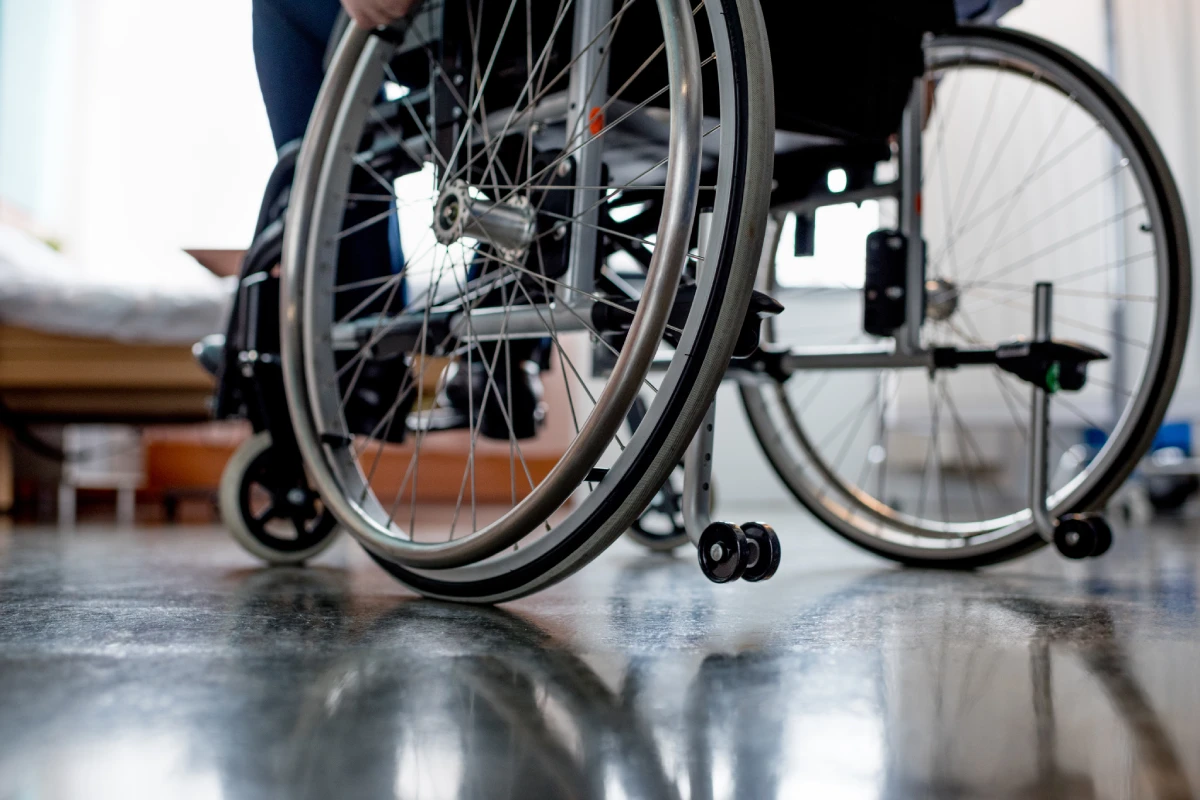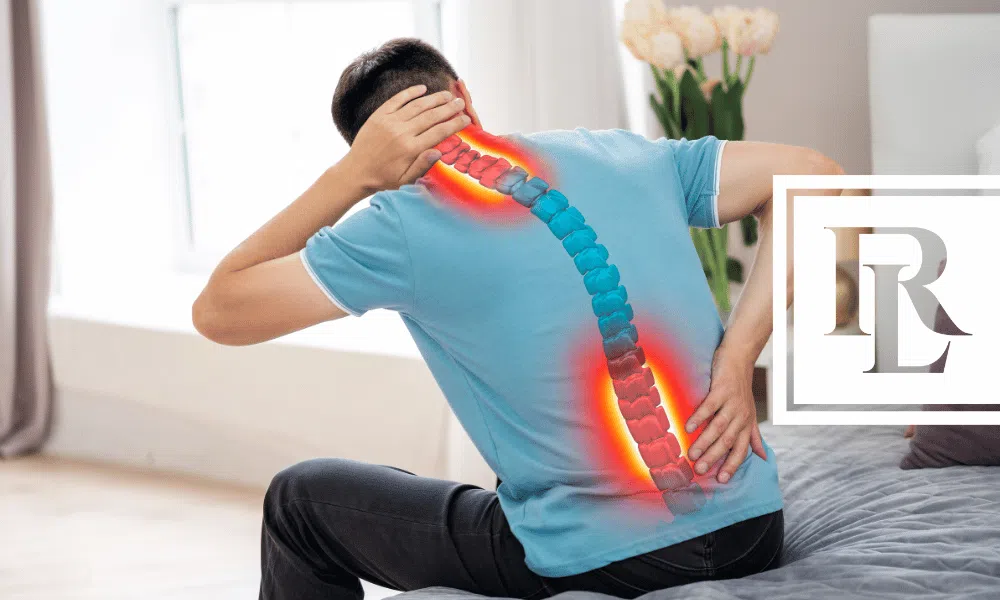Bulging discs, “slipped” discs and herniated discs can cause severe back pain and discomfort. Chronic back pain is one of the most common reasons for filing for disability benefits through the Social Security Administration (SSA).
Social Security Disability Insurance (SSDI) benefits are awarded to those whose medically determinable impairment makes it impossible to work. A person who is unable to maintain employment because of debilitating back pain may be eligible for monthly SSDI payments. A successful disability application will depend on the presentation of substantial medical evidence and supportive documentation.
What is a bulging disc?
Spinal discs are essentially cushions between the spinal vertebrae. They absorb pressure and assist with flexibility and mobility. A damaged disc cannot properly perform its function.
A bulging disc is one that extends beyond where it should. This relatively common condition affects a large portion of the disc and is visible on an MRI. Patients of any age may experience a bulging disc, but it may be especially common in those who suffer related spinal conditions, such as degenerative disc disease.
Bulging discs often are lumped in with herniated discs. While similar, a herniated disc occurs when there is a crack in the outer layer of cartilage. This allows the soft inner cartilage to leak out of the disc. A ruptured or slipped disc typically refers to a herniated disc.
Note that some professionals may use these terms interchangeably. The important thing is to document the symptoms and seek treatment based on the complications of your specific condition.
What are the symptoms of a bulging disc, and can it cause disability?
The severity and nature of symptoms will depend on the location and extent of the injury. Some of the most common symptoms associated with a bulging disc include:
- pain at the point of injury that radiates out to surrounding areas, such as the arms, shoulders, hands, fingers and chest;
- tingling sensation in affected body parts; and
- pain in the legs and feet (most common with a bulging disc in the lower back).
Symptoms from a bulging disc may be debilitating for some patients, particularly those who experience frequent and severe pain and loss of mobility and flexibility. Such symptoms may make it difficult to sit at a desk for prolonged periods of time or lift heavy objects.
What must I prove in order to collect SSDI benefits for a bulging disc?
The SSA uses the Listing of Impairments as a means to evaluate disability applicants. Bulging discs are not specifically cited in the Listing of Impairments. However, section 1.00 Musculoskeletal System – Adult, includes conditions associated with bulging discs, such as degenerative disc disease, and mentions herniated nucleus pulposus (herniated disc).
You must prove your condition meets or exceeds the SSA’s definition of disability. This requires you to present sufficient medical evidence and additional documentation that shows how the condition has diminished your functionality. For instance, this might include a doctor’s testimony that you cannot lift more than 10 pounds or move your arms out from your sides.
Learn more about what you must prove in an SSDI application. Schedule a free consultation with a disability lawyer by calling 800-742-3920.





